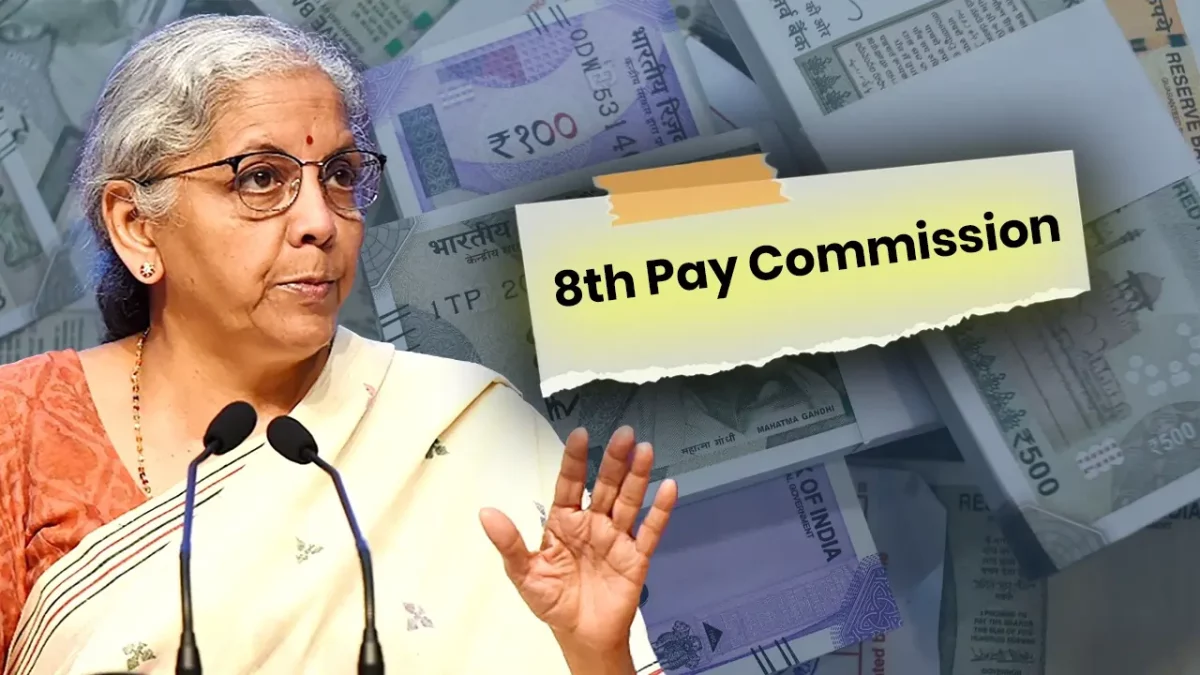The Union Cabinet, under the leadership of Prime Minister Narendra Modi, has formally approved the Terms of Reference (ToR) for the 8th Central Pay Commission on October 28, 2025, marking a significant step toward revising the pay structures and benefits for central government employees. This development follows the initial announcement of the commission’s formation in January 2025 and comes after consultations with various ministries, state governments, and stakeholders. The commission is tasked with recommending adjustments to salaries, allowances, and pensions, with implementation anticipated from January 1, 2026.
The 8th Pay Commission will be chaired by former Supreme Court Judge Justice Ranjana Prakash Desai, who brings extensive judicial experience to the role. The panel consists of one chairperson, one part-time member, and one member-secretary. Justice Desai, known for her tenure on the Supreme Court and previous appointments such as heading the Press Council of India, is expected to guide the commission in delivering balanced recommendations.
The commission has been given an 18-month timeline to submit its report, allowing for interim submissions if necessary on pressing matters.
Under the approved ToR, the commission must account for economic conditions, fiscal prudence, resource allocation for development and welfare, the costs of non-contributory pension schemes, impacts on state finances, and comparisons with emolument structures in central public sector undertakings and the private sector. This framework aims to ensure that recommendations are sustainable and aligned with broader national priorities.
The revisions are poised to benefit approximately 50 lakh central government employees, including defense services personnel, and nearly 69 lakh pensioners. This encompasses adjustments to basic pay, dearness allowance (DA), house rent allowance (HRA), and other benefits, addressing demands from employee unions for periodic updates amid rising living costs. The 7th Pay Commission, implemented in 2016, had introduced a fitment factor of 2.57, resulting in substantial increases; similar enhancements are anticipated here.
While official salary slabs remain pending, projections indicate potential monthly increases of up to ₹19,000 for some employees, based on a speculated fitment factor ranging from 1.83 to 2.46. Online tools, such as those provided by financial platforms, offer preliminary calculators to estimate revised pay. These typically multiply the current basic pay by the fitment factor to derive the new basic pay, with DA merged and HRA recalculated as a percentage of the revised amount (e.g., 30% for metro cities, 20% for Tier-2, 10% for Tier-3). For instance, an employee with a current basic pay of ₹100,000 in a metro city could see a gross salary rise to approximately ₹290,000 under a 2.6 fitment factor, assuming standard allowances.
This approval ends months of anticipation among central government staff and sets the groundwork for equitable compensation reforms in India’s public sector.













